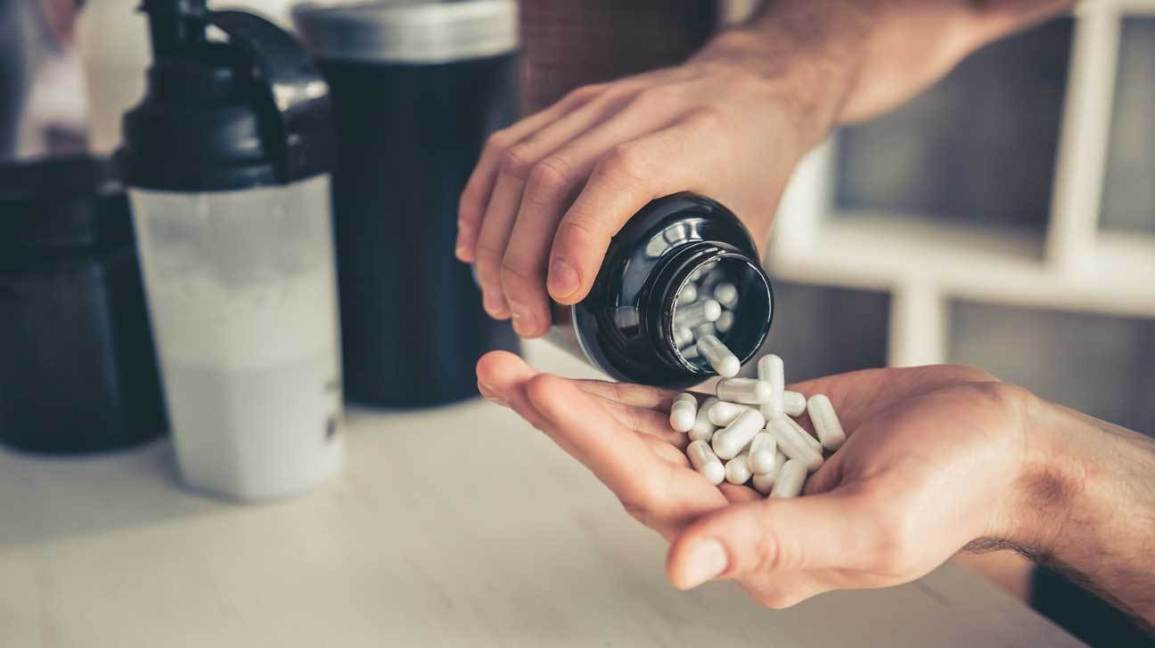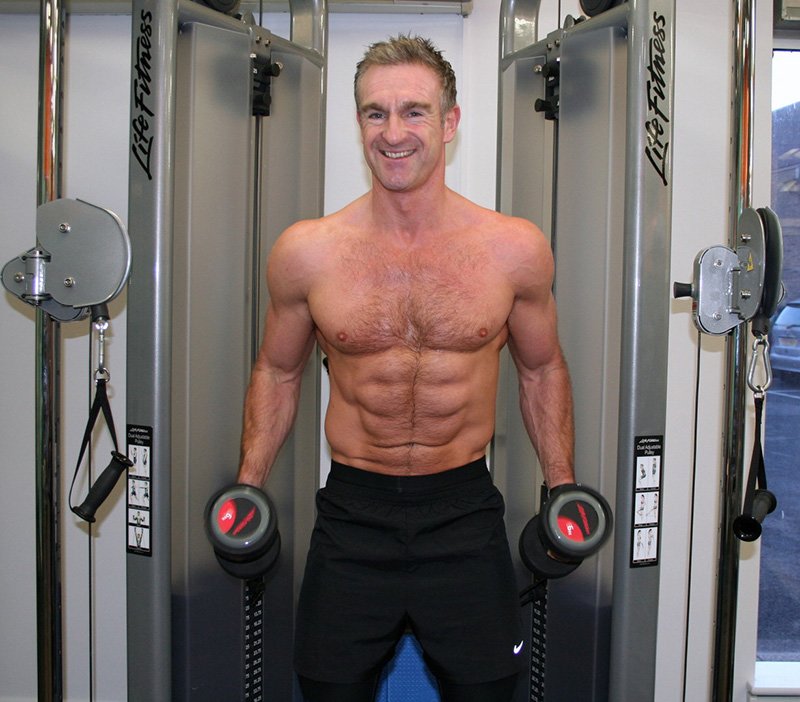Creatine: The Gym Goer’s Delight
What is creatine? When it first entered the scene, it made headlines for all the wrong reasons. It was mislabelled as a steroid and some reporters even went as far as to say that it both kills and is an addictive substance.
All this hullabaloo gave this supplement one heck of a hill to conquer in order to clear its name of any bad rep it had received. The violent publicity was undue and it was lynched for the whole world to see. The world media tried to convince consumers that creatine is bad.
If you’ve never actually seen the supplement, you probably still know that it’s a white, powdery substance. It resembles that of a more addictive drug but has no relation to narcotics. In its simplest terms, it’s a muscle-building supplement, not a drug.
So why has it received the bad reputation of years past? No one really knows why it was demonized. Perhaps it was linked to steroid users, or maybe companies used other chemicals to add to its muscle-building properties, and as a result, the added goodies resulted in health complications.
Let’s clear the air on this white, powdery supplement, once and for all.
The Best Creatine Supplements on The Market
What is Creatine, Really?

For overall improvement in physical performance, creatine takes the number one spot. It is a natural substance found in muscle cells. It is also found in the brain, kidneys, and liver. However, creatine can be found predominantly in foods such as red meat and seafood.
The main purpose of creatine is to enhance physical performance. Especially those with bouts of high energy bursts.
Contrary to all the safety concerns many years ago, creatine is one of the most tested supplements in the world and boasts a great safety profile.
The primary goal of using creatine is to improve, be it muscle size, athletic performance, or just strength gains (1). Creatine shares some similarities with amino acids and the human body is able to produce it naturally from glycine and arginine.
Around 95% of creatine–in the form of phosphocreatine–is stored inside muscle cells. While the remaining 5% can be found within the brain, kidneys, and liver (2).
When you supplement with creatine, it increases your phosphocreatine stores. Once this is stored in your muscle cells, it helps your body to produce a high-energy molecule called ATP (adenosine triphosphate). This molecule is responsible for your energy levels, especially for higher intensity requirements.
Apart from converting into usable energy, creatine also alters cellular processes. This action leads to increased muscle mass, strength, and faster recovery between workouts (3).
How Does It Work?

There are several ways in which creatine can improve health and physical performance.
When performing high-intensity exercises, its role is to increase the phosphocreatine stores in your muscle cells. In turn, the increase in phosphocreatine helps produce more ATP, which is the primary energy source for high-intensity exercise and strength training.
There are multiple ways that this supplement helps you build muscle size:
- Raises anabolic hormones – Studies have noted a rise in hormones, specifically IGF-1 (insulin-like growth factor-1). IGF-1 is responsible for promoting healthy bone and tissue development alongside growth hormone (4, 5).
- Lowers myostatin levels – Myostatin is a protein responsible for inhibiting muscle cell growth. In short, it prevents your muscles from growing beyond a certain size naturally. It has the ability to block myostatin and allows your muscle size to increase (6).
- Improves cell signaling – Satellite cell signaling increases, which causes muscle growth and aids in muscle repair (7).
- Increased workload – It enables you to increase your total workload in a single workout. The result of this is an increase in long-term muscle and strength gains (8).
- Reduces protein breakdown – The breakdown of muscle tissue is reduced which results in increased muscle mass (9).
The Effects on Muscle Gains

The use of creatine is effective for both short- and long-term gains. It all depends on your individual goals and what you wish to achieve.
Research has shown us that a simple 14-week workout routine supplemented with creatine has had positive effects on muscle gains (10).
In another study, weightlifters took part in a 12-week routine (also supplementing with creatine). The participants had increased their muscle growth by 2-3 times more than they would’ve without it. Their one-rep max had also, on average, doubled in weight for the bench press movement (11).
When it comes down to supplements that are the most beneficial for muscle growth and athletic performance, creatine takes the number one spot.
Although other supplements like whey protein and amino acids are important, they don’t quite have the same effect on muscular hypertrophy as creatine does. While whey protein plays its part in the muscle-building process, it doesn’t have the same effect that creatine does. Protein mainly comes into play once you have finished your workout.
Creatine, on the other hand, has a direct influence on building muscle. It inhibits myostatin and provides the necessary energy cells needed to perform weight training. Obviously it is possible to increase physical performance and muscle mass without the use of it, but why would you, knowing the benefits?
How to Dose

To successfully utilize creatines capabilities, you should start things off with a loading phase. The idea behind this is to rapidly increase the stores of creatine within the muscles.
For the first 5-7 days, you should consume 20 grams of creatine per day. Ideally, you would want to split them up into four 5-gram servings throughout the day.
It is possible to increase the absorption of creatine by having it with a carb-based meal (12).
To maintain creatine levels within your muscles, take a daily dose of 3-5 grams. Do this once you have completed your loading phase.
Creatine doesn’t require cycling, so if you stick to the maintenance phase, there shouldn’t be any reason to do another loading phase.
Alternatively, it is possible to successfully take creatine without the loading phase, however, it may take longer to maximize the creatine stores in your muscles.
It is worth noting that creatine monohydrate has a tendency to absorb water into the muscle. With that in mind, it is advisable that you keep yourself hydrated throughout each day.




